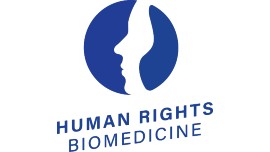
Aim and objectives:
The Brach model highlights ten attributes of health literate organisations.
Target group:
The Brach model can be used for strategic planning by health professionals, providers and decision-makers.
Method:
The model describes ten action areas for health providers and managers to develop and improve to become a health literate organisation:
- leadership that makes health literacy integral to its mission, structure, and operations;
- integration of health literacy into planning, evaluation measures, patient safety, and quality improvement;
- training of workforce to be health literate and monitor progress;
- involvement of populations served in the design, implementation, and evaluation of health information and services;
- meeting the needs of populations with a range of health literacy skills while avoiding stigmatisation;
- applying health literacy strategies in interpersonal communications and confirm understanding at all points of contact;
- provision of easy access to health information and services and navigation assistance;
- designing and distributing print, audio-visual, and social media content that is easy to understand and act upon;
- addressing health literacy in high-risk situations, including care transitions and communication about medicines;
- clear communication of what health plans cover and what individuals will have to pay for services.
Outcome:
The Brach model has been influential in the agenda-setting for structural efforts to improve health literacy.
Added value:
Applying a strategic approach in the implementation of health literacy strengthens the impact of health literacy across the organisation and beyond.










